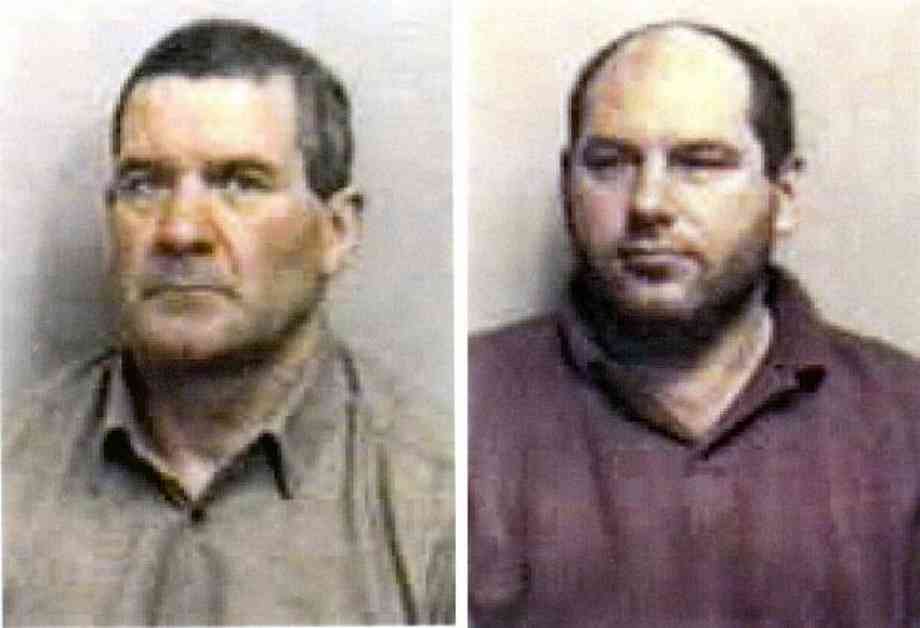The recent review of the convictions of Michael Steele and Jack Whomes, known as the Essex Boys murderers, has sparked renewed interest in the infamous Rettendon triple murder case that shocked the nation in 1998. The two men were given life sentences for the brutal shooting of Craig Rolfe, Tony Tucker, and Pat Tate while they sat in a Range Rover, marking a tragic chapter in Essex’s criminal history.
The latest development in this long-running saga was revealed by the BBC, just days after the Parole Board approved 82-year-old Steele’s release from prison, following Whomes’ release four years earlier. The Criminal Cases Review Commission (CCRC) disclosed that appeal applications for the convictions had been submitted, prompting a thorough review of the case.
Essex Police, who had meticulously investigated the murders both before the killers’ prosecutions and during their incarceration, affirmed that the case had been exhaustively examined. The gang-related executions, which occurred on a desolate farm track in Rettendon, have since become the subject of numerous films, TV shows, documentaries, and books, perpetuating the notoriety of the tragic event.
Legal Appeals and Rejections
Despite multiple attempts to appeal their convictions, Steele and Whomes have faced repeated setbacks in their quest for justice. The Court of Appeal denied their release bids in 1999 and 2006, with subsequent appeals dismissed in 2013 and 2016, reinforcing the gravity of their crimes in the eyes of the law. The CCRC, an independent body sponsored by the Ministry of Justice, intervenes in such cases when compelling new evidence or legal arguments come to light, offering a glimmer of hope for those seeking exoneration.
The enduring legacy of the Essex Boys murders serves as a stark reminder of the dark underbelly of organized crime and its devastating consequences. As the review of the convictions unfolds, the intricate web of events leading to that fateful day in Rettendon is slowly unraveling, shedding new light on a case that continues to captivate and intrigue the public.
Impact on the Community
Beyond the legal complexities and procedural intricacies, the ripple effects of the Essex Boys murders reverberate through the community, leaving a lasting imprint on those directly and indirectly affected by the tragedy. Families shattered, lives lost, and a sense of safety and security shattered – the echoes of that fateful day in 1998 continue to resonate, underscoring the fragility of human existence and the enduring quest for closure and justice.
As the wheels of justice turn once again in the wake of the recent review, the hope for resolution and redemption remains a distant yet tangible aspiration for all those touched by the specter of the Essex Boys murders. Amidst the legal wrangling and forensic scrutiny, a semblance of closure and peace beckons, offering a glimmer of solace in the midst of darkness and despair.
In conclusion, the ongoing review of the Essex Boys murder convictions stands as a poignant reminder of the complexities and challenges inherent in the quest for justice. As the wheels of legal scrutiny and procedural rigor continue to turn, the enduring legacy of the triple murders in Rettendon serves as a cautionary tale of the perils of criminality and the relentless pursuit of truth and accountability in the face of adversity. The quest for justice may be long and arduous, but the pursuit of closure and resolution remains an indomitable force in the face of tragedy and loss.













